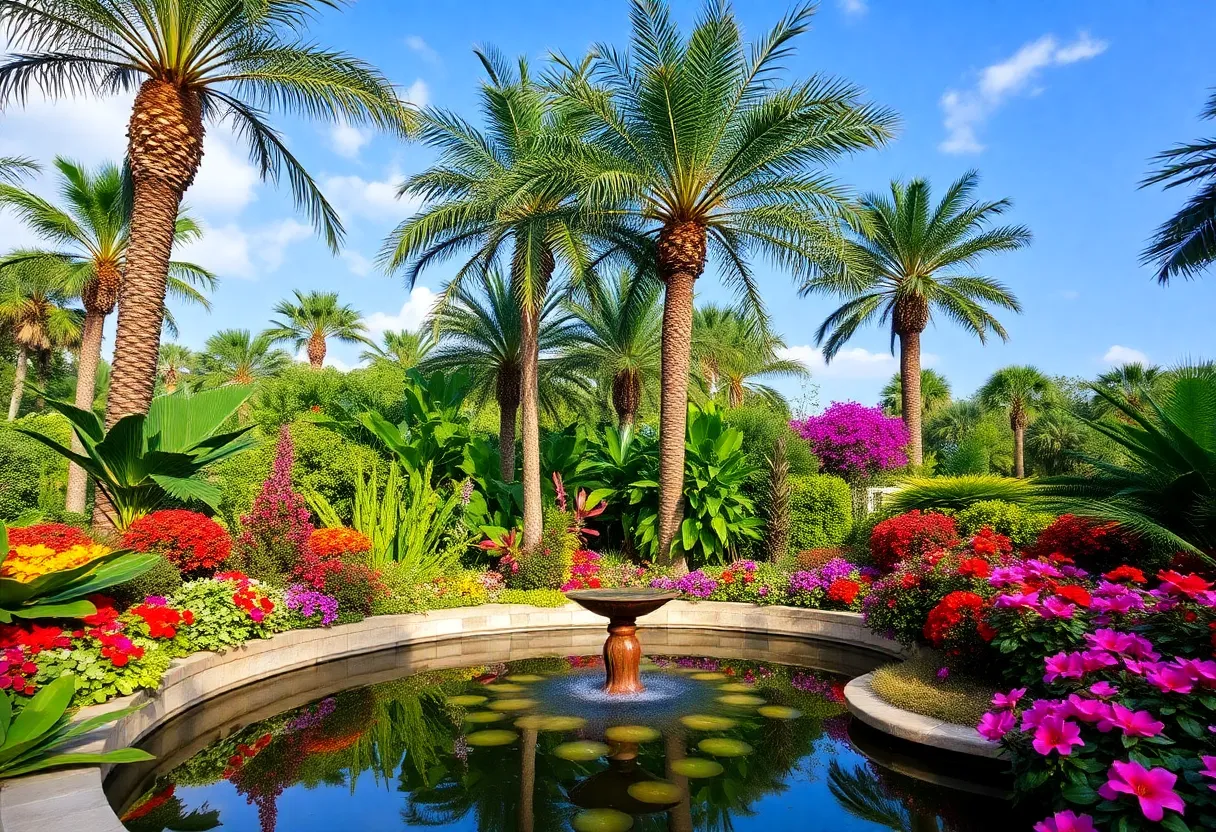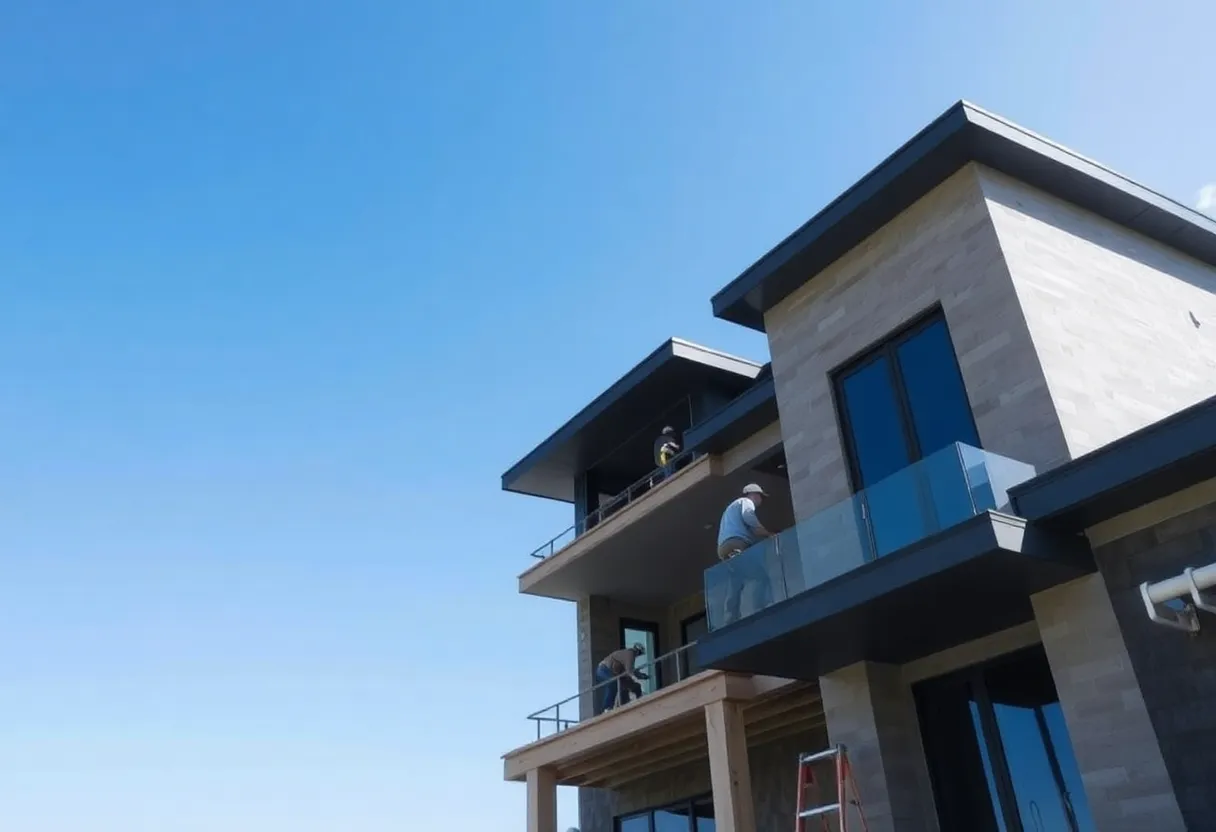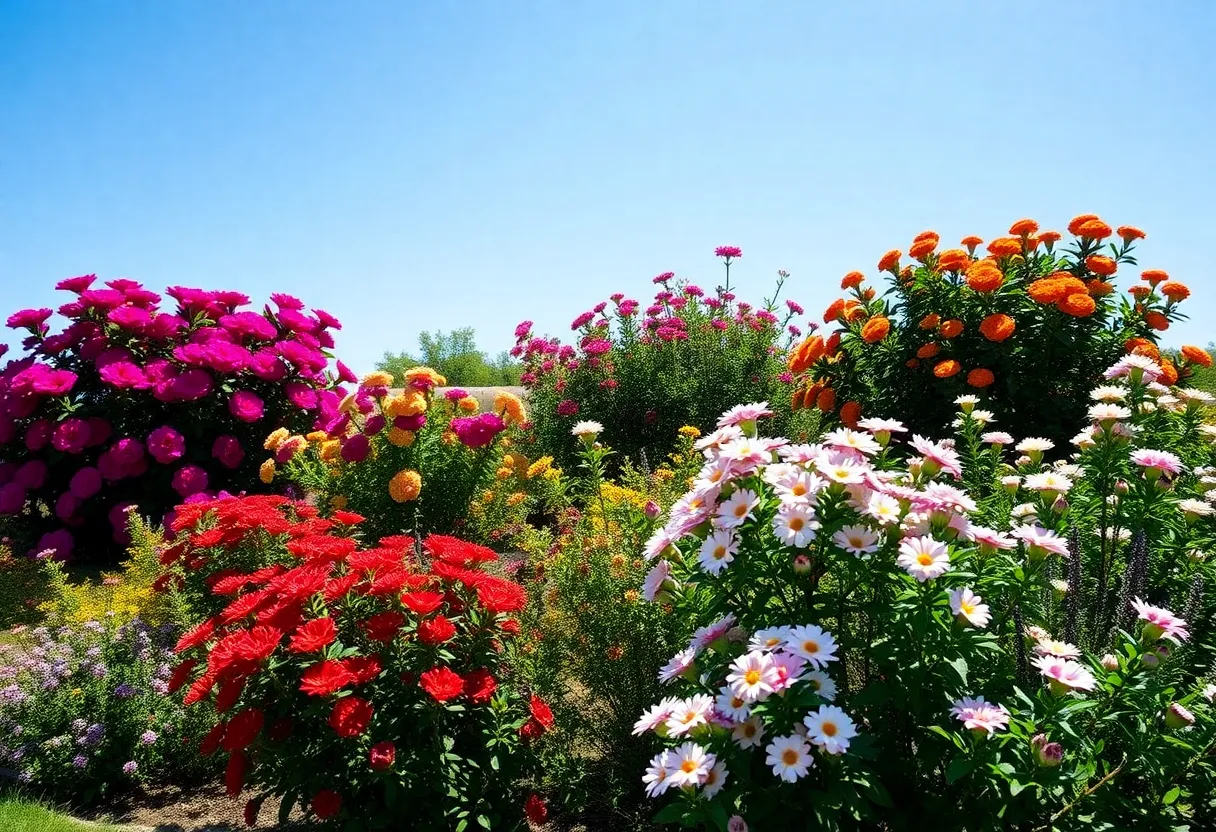How to Transform Your Houston Yard into a Lush Tropical Paradise
Creating a *lush tropical paradise* in a Houston yard requires intentional planning, appropriate plant choices, and ongoing maintenance. Houston’s subtropical climate and soil diversity provide unparalleled opportunities for cultivating vibrant, exotic landscapes. This comprehensive guide explains the essential steps, plant selections, and design elements to help you achieve a garden that exudes tropical allure year-round.
Understanding Houston’s Climate and Soil Characteristics
The first step involves an in-depth understanding of *Houston’s unique climate and soil conditions*. The city experiences *hot, humid summers*, with average highs often exceeding 90°F, and *mild winters* that rarely drop below freezing. These conditions favor many tropical plants but also require careful attention to seasonal changes and microclimate variations in your yard.
Soil types in Houston range from *well-drained sandy soils* to *clay-rich patches*. Sandy soils drain quickly but may lack nutrients, while clay soils retain water and can impede root growth. Conducting a soil analysis is highly recommended to determine *pH levels*, *fertility*, and *drainage capacity*. These insights facilitate proper amendments, crucial for the success of tropical plants.
Design Strategy for a Tropical Landscape
Effective design begins with a thorough assessment of your yard’s layout. Key factors include *sun exposure*, *existing features*, and *available space*. Maximize sunlight by positioning sun-loving plants in areas with *at least 6 hours of direct sunlight daily*. Shade-tolerant species can thrive in less sunny zones.
Incorporate features such as water elements (ponds or waterfalls), pathways, and seating areas to make the space inviting. These elements not only enhance aesthetics but also increase the *tropical ambiance*. Use *plant groupings* with similar water, light, and soil needs to streamline maintenance and foster plant health.
Selecting Tropical Plants for Houston’s Environment
The cornerstone of creating a tropical paradise lies in choosing plants suited to Houston’s climate. Focus on plants that *resist heat*, *humidity*, and occasional cold spells*.
Palms and Cycads
- Sago Palm (*Cycas revoluta*): Offers a *prehistoric look* with its thick trunk and feathery, dark green fronds. It’s *drought-tolerant* and requires minimal upkeep. Well-suited to Houston’s hot summers and adaptable to various soil types.
- Queen Palm (*Syagrus romanzoffiana*): Recognized for its *slender trunk* and *graceful arching fronds*, it creates a true *tropical skyline*. It handles Houston’s heat well, forming a focal point in the landscape.
Flowering Shrubs
- Hibiscus: Known for large, showy blooms in hues of red, pink, yellow, or white; these thrive during Houston’s warm months, adding color and tropical flair.
- Bougainvillea: Features vibrant bracts in shades of pink, purple, red, or orange. It’s *heat-tolerant*, *drought-resistant*, and excellent for covering walls or fences.
Perennials and Annuals
- Canna Lilies: Valued for their *large flowers* and *tropical foliage*, they come in a spectrum of colors, from fiery reds to soft pinks, and withstand Houston’s summer heat.
- Lantana: Recognized for *hardiness* and *long-lasting blooms*, it attracts pollinators and requires minimal watering once established.
Groundcovers and Vines
- Star Jasmine: Its *fragrant white flowers* and dense growth habit make it perfect for covering fences or trellises. It’s versatile and resilient in Houston’s climate.
- Portulaca (Moss Rose): An *annual groundcover* with *vivid, cup-shaped flowers* that flourish during summer, tolerating drought and poor soils.
Incorporating Water Features
A *water feature* significantly elevates the tropical atmosphere. Consider installation of a pond, waterfall, or fountain. These elements attract wildlife, add soothing sounds, and create a tranquil retreat.
To optimize the effect, surround the water feature with *moisture-loving plants*, such as *ferns* or *epiphytes*, to craft a *verdant setting*. Proper maintenance—regular cleaning and filtration—is essential to prevent stagnation and mosquito breeding.
Essential Maintenance for a Tropical Garden
Maintaining vibrancy and health involves consistent practices:
- Watering: Deep, infrequent watering encourages *robust root systems*. Early morning watering reduces evaporation and fungal risks.
- Fertilization: Apply a *balanced fertilizer* designed for tropical plants. Follow manufacturer guidelines to avoid over-fertilization, which can harm plants.
- Pruning: Regular removal of *dead* or *diseased foliage* encourages healthy growth and keeps the landscape tidy.
- Mulching: Use organic mulch to *retain soil moisture*, *suppress weeds*, and *regulate soil temperature*.
Adapting for Seasonal Changes
While Houston’s *mild winters* usually allow tropical plants to remain outdoors year-round, occasional cold snaps necessitate protective measures. Cover sensitive plants with *frost cloths* or *migrate potted specimens* indoors. Proactively preparing plants ensures they survive winter and rebound in spring.
Conclusion
Transforming a Houston yard into a *tropical paradise* is a strategic process rooted in the *understanding of local conditions*, *selecting suitable plants*, and *investing in thoughtful design*. A combination of *climate-smart plant choices*, *water features*, and *ongoing maintenance* creates a landscape that is vibrant, resilient, and visually stunning across all seasons. With dedication, homeowners can enjoy a *personal retreat* that embodies *tropical luxury* right in their backyard.
Frequently Asked Questions
What are the best tropical plants for Houston’s climate?
Plants like sago palms, queen palms, hibiscus, bougainvillea, canna lilies, and lantanas thrive in Houston’s warm and humid conditions when properly cared for.
How do I protect tropical plants during Houston’s rare cold winters?
Use frost cloths to cover vulnerable plants, or move potted tropicals indoors or to protected areas during cold spells. Mulching also helps insulate roots against low temperatures.
Can I grow palms and cycads together?
Yes, palms like the queen palm grow well alongside cycads such as the sago palm, providing contrasting textures and a natural tropical appearance.
What maintenance routines are essential for a tropical garden?
Consistent watering, fertilizing, pruning, and mulching are key. Incorporate regular inspections for pests and disease management to preserve plant health.
Are water features necessary for a tropical landscape?
While not necessary, water features greatly enhance the tropical atmosphere by adding visual and sonic appeal, attracting wildlife, and creating a relaxing environment.
Key Features of a Tropical Garden in Houston
| Feature | Description | Benefits |
|---|---|---|
| Climate Compatibility | Selection of plants resilient to Houston’s heat, humidity, and occasional cold | Ensures landscape longevity and reduces maintenance challenges |
| Plant Diversity | Use of palms, shrubs, perennials, groundcovers, and vines for layered landscape | Creates visual interest and mimics natural tropical ecosystems |
| Water Features | Inclusion of ponds, waterfalls, or fountains | Adds calming ambiance and attracts local wildlife |
| Design Elements | Paths, seating, and focal points to enhance usability and aesthetics | Encourages outdoor enjoyment and relaxes the observer |
| Maintenance Practices | Regular watering, fertilizing, pruning, and mulching | Maintains vibrant, healthy growth throughout seasons |
Author: STAFF HERE HOUSTON TX WRITER
The HOUSTON STAFF WRITER represents the experienced team at HEREHouston.com, your go-to source for actionable local news and information in Houston, Harris County, and beyond. Specializing in "news you can use," we cover essential topics like product reviews for personal and business needs, local business directories, politics, real estate trends, neighborhood insights, and state news affecting the area—with deep expertise drawn from years of dedicated reporting and strong community input, including local press releases and business updates. We deliver top reporting on high-value events such as Houston Livestock Show and Rodeo, Art Car Parade, and Chevron Houston Marathon. Our coverage extends to key organizations like the Greater Houston Partnership and Houston Area Urban League, plus leading businesses in energy and healthcare that power the local economy such as ExxonMobil, Schlumberger, and Houston Methodist. As part of the broader HERE network, including HEREAustinTX.com, HERECollegeStation.com, HEREDallas.com, and HERESanAntonio.com, we provide comprehensive, credible insights into Texas's dynamic landscape.





